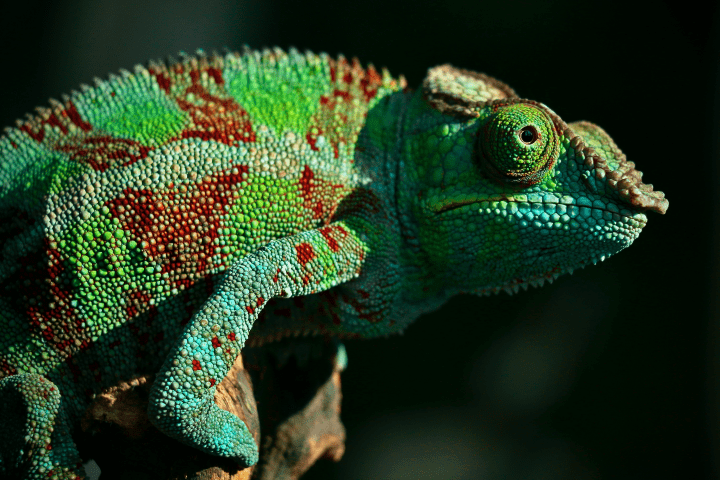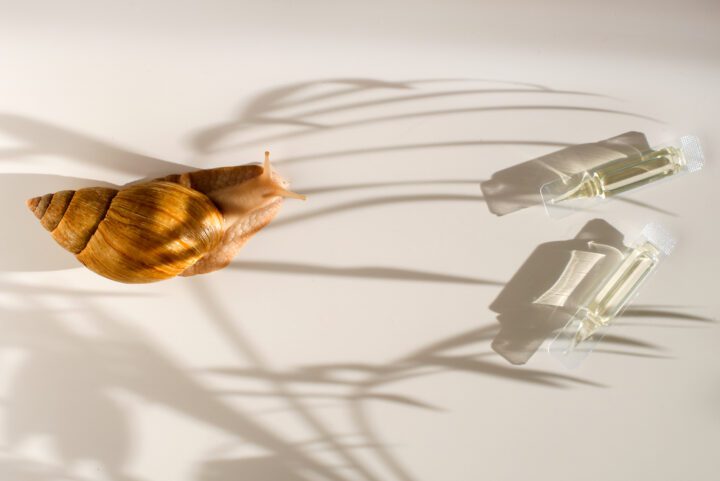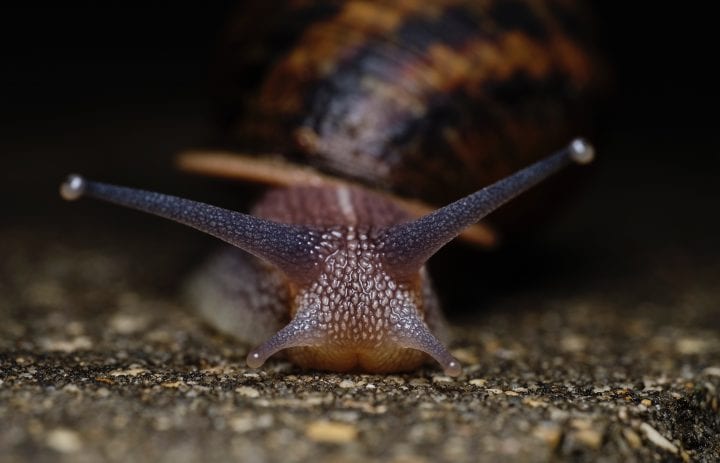3D printing process from University of Illinois, Urbana Champaign uses bottlebrush-shaped polymers to produce multiple colors from the same ink.
Benefits
- Cost-effective
- Reduced waste
Applications
- Banknotes
- Security cards
- Manufacturing
UN Sustainable Development Goals Addressed
-

Goal 9: Industry Innovation & Infrastructure
The Challenge
Typical 3D printing materials are made in single colors. When a different color is needed, the machine must take a new cartridge before it can continue on. This process may introduce mistakes and increases time of production, leading to an overall increase in cost.
Innovation Details
The 3D printing process produces photonic crystals that reflect visible light. By adjusting the thickness of the crystals, different wavelengths of light will be reflected, producing different colors. This process allows multiple colors to be created from a single ink. This is similar to the way different organisms such as chameleons are able to produce different colors. The ink itself is made of bottlebrush-shaped s with two bonded, chemically distinct segments. The material is dissolved into a solution that bonds the polymer chains just before printing. After printing and as the solution dries, the components separate at a microscopic scale, forming nanoscale layers. Controlling the speed and temperature of the ink deposition also controls for how thick the nanoscale layers will be, and ultimately what color the ink will be.

Biological Model
Chameleons are able to change colors through a combination of s and structural colors. Below the layers of chromatophores (color-bearing) cells, there is a layer of cells called iridophores (iridescent chromatophores) that produce structural color. Rather than containing pigment, iridophores contain an organized array of transparent, nano-sized crystals that reflect specific wavelengths of light. The reflected light is perceived as color.






